April 9 to April 15
Former foreign minister George Yeh (葉公超) was pleased with his 1957 visit to the Middle East, especially because many leaders in the region had promised to visit Taiwan.
This was a big deal as the government desperately needed international support to secure its claim as the rightful ruler (in exile) of China. But there was one problem — the largest place of worship for Muslims in Taipei was a 300-ping (about 992m2) converted Japanese-style house on Lishui Street, which Yeh concluded was in no shape to house foreign dignitaries.
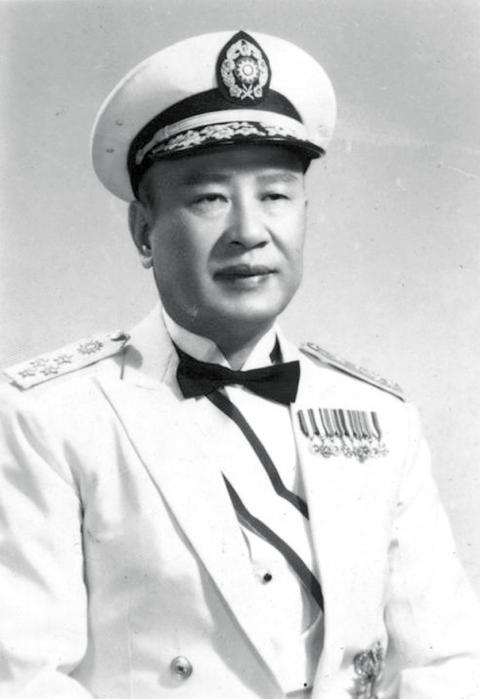
Photo courtesy of Wikimedia Commons
Once back in Taipei, Yeh and famed general Pai Chung-hsi (白崇禧), who was the head of the Chinese Muslim Association, advocated for the construction of a proper mosque. With the government’s help and donations from Jordan, Turkey, Iraq and Iran, the Taipei Grand Mosque was dedicated on April 13, 1960.
“After the mosque was complete, we hung photos of leaders of various Islamic countries on the walls … It’s very important to use religious ties to facilitate diplomacy,” Pai says in an oral history compilation by Academia Sinica.
MUSLIMS IN TAIWAN’s HISTORY
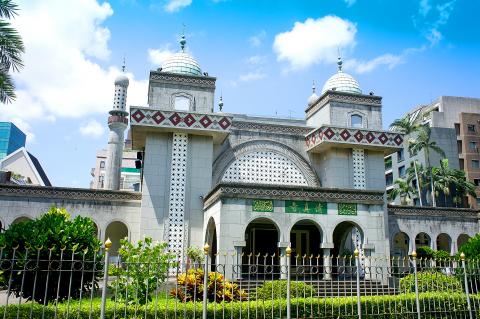
Photo courtesy of Wikimedia Commons
Pai’s ancestors had followed the Islamic faith since the Yuan Dynasty. He was among about 20,000 Chinese Muslims who fled to Taiwan with the Chinese Nationalist Party (KMT) after the Chinese Civil War.
While there had been Muslims in Taiwan since the 1600s, most of them had largely lost their identity by then, assimilating in to mainstream Han Chinese culture. According to Dru Gladney’s book, Chinese Muslims, which includes a brief section on Taiwan, the original “Taiwanese Muslims” arrived with Ming Dynasty loyalist Cheng Cheng-kung (鄭成功, also known as Koxinga) in the mid-1600s, as he sought to use Taiwan as a base to defeat the Qing Empire.
There were almost certainly other sources of migration, Gladney writes. During the Tang Dynasty, Quanzhou in Fujian Province was one of the four major ports open to foreign trade in China. During the Yuan Dynasty, many Arab or Persian traders settled in the area, which directly faced Taiwan and later became a major source of migration. These migrants included the descendents of merchants or the descendants of those whom they converted, bringing their religion and way of life to Taiwan. A report by the Taiwan Society of Anthropology and Ethnology adds that many Muslims made up the Qing Dynasty army sent to Taiwan to defeat Koxinga’s grandson, with many settling down after the victory.
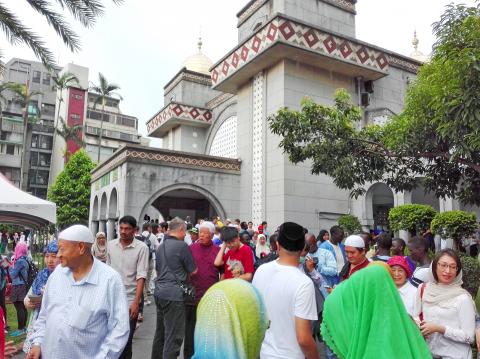
Photo courtesy of Wikimedia Commons
When Gladney visited Taiwan in 1995, he found that these “Taiwanese Muslims” no longer practiced Islam, though some groups still retained vestiges of the faith, such as not using pork when worshipping ancestors.
In addition to Han Chinese assimilation, Gladney writes that Japanese discouragement of foreign religions during the colonial era (1885-1945) hastened the loss of their Islamic identity. Furthermore, while in China, Han Chinese Muslims were assigned a separate ethnic identity, this was not the case in Taiwan after the KMT retreat, further assimilating them into mainstream society.
Even with his group of newly-arrived Muslims, Pai was worried that they would also eventually lose their identity.
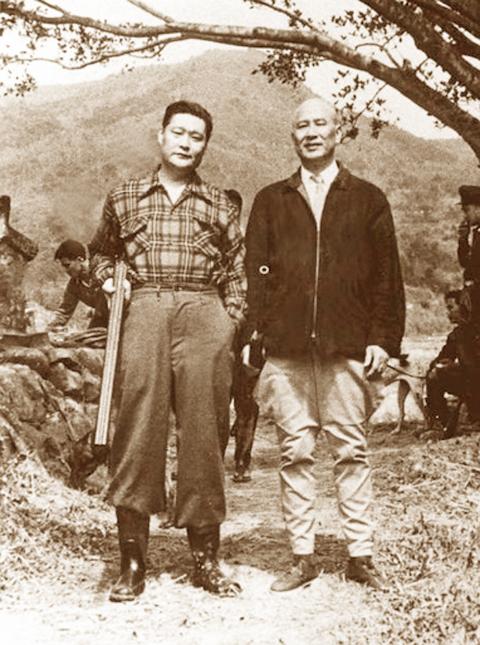
Photo courtesy of Wikimedia Commons
“I’m not sure how it is in other countries, but Islam has not promoted itself enough in China, and it’s the same situation in Taiwan,” he says. “We should let everyone know about our doctrine and practices. Even when we pray, our elders will often read the scripture in Arabic without translating. My generation already lost a lot of knowledge due to the various wars in China, and now the next generation will know even less.”
Indeed, today’s Muslims in Taiwan are mostly foreign nationals hailing from Indonesia and other countries.
GLORY DAYS
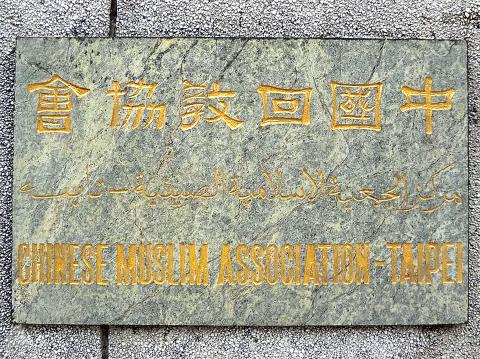
Photo courtesy of Wikimedia Commons
In 1948, Chang Tzu-chun (常子春) and Cheng Hou-jen (鄭厚仁) were sent to Taiwan by the Chinese Muslim Association to set up a local branch. To serve the newly arrived Muslims from China, they converted the aforementioned Japanese-style house into a temporary place of worship.
There were few resources on Islam in Chinese, and this group, especially Chang Tzu-hsuan (常子萱), spent three hours a day for seven years translating and editing the Koran.
Despite its modest headquarters, the association put a lot of energy into promoting Islam through radio broadcasts and books, even establishing a magazine.
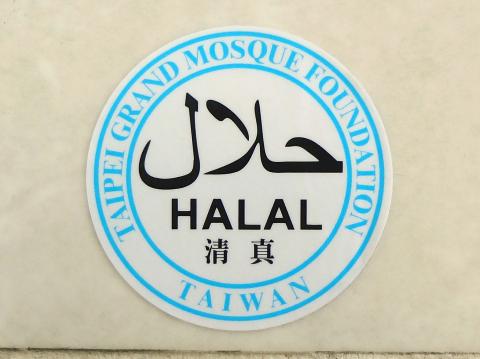
Photo courtesy of Wikimedia Commons
The house soon became crowded with new immigrants, which led to the construction of the new, much more spacious mosque.
According to the book History of Muslims in Taiwan (台灣回教史), by Chia Fu-kang (賈福康), the dedication ceremony was attended by then vice-president Chen Cheng (陳誠), the heads of major government departments as well as representatives from various countries abroad. Clad in all white, the local Muslim leaders recited prayer, with the Sultan of Brunei reading the first chapter of the Koran.
According to Chia, a significant event was the visit of King Faisal of Saudi Arabia in May, 1971. By that time, Taiwan’s international position was becoming increasingly shaky, and five months after the King’s visit, the nation was out of the UN. While many countries were turning away from Taiwan, Saudi Arabia announced its support and the king visited for four days. The Taiwanese Muslims seemed overjoyed that even though the king had only been scheduled to visit the mosque for 10 minutes, he stayed for an hour.
As these leaders passed away, and as exchanges with Muslim countries decreased due to international isolation, Islam saw a sharp decline in Taiwan in the 1980s. However, as history has shown, there would be new immigrants to come to keep the religion alive.
Taiwan in Time, a column about Taiwan’s history that is published every Sunday, spotlights important or interesting events around the nation that have anniversaries this week.
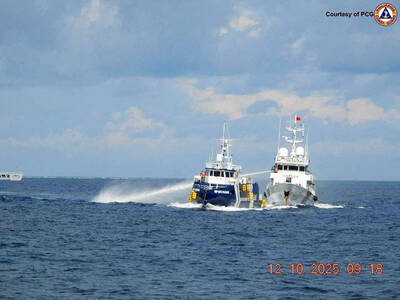
Many people noticed the flood of pro-China propaganda across a number of venues in recent weeks that looks like a coordinated assault on US Taiwan policy. It does look like an effort intended to influence the US before the meeting between US President Donald Trump and Chinese dictator Xi Jinping (習近平) over the weekend. Jennifer Kavanagh’s piece in the New York Times in September appears to be the opening strike of the current campaign. She followed up last week in the Lowy Interpreter, blaming the US for causing the PRC to escalate in the Philippines and Taiwan, saying that as
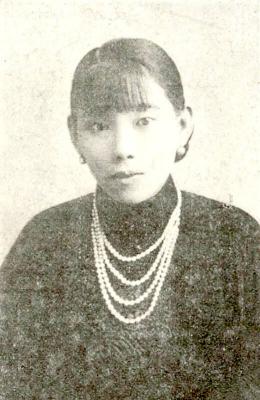
Nov. 3 to Nov. 9 In 1925, 18-year-old Huang Chin-chuan (黃金川) penned the following words: “When will the day of women’s equal rights arrive, so that my talents won’t drift away in the eastern stream?” These were the closing lines to her poem “Female Student” (女學生), which expressed her unwillingness to be confined to traditional female roles and her desire to study and explore the world. Born to a wealthy family on Nov. 5, 1907, Huang was able to study in Japan — a rare privilege for women in her time — and even made a name for herself in the
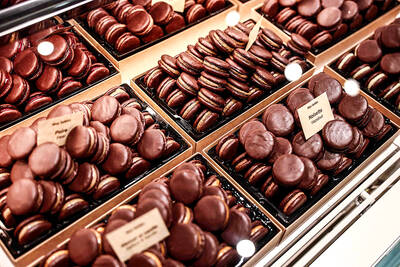
Would you eat lab-grown chocolate? I requested a sample from California Cultured, a Sacramento-based company. Its chocolate, not yet commercially available, is made with techniques that have previously been used to synthesize other bioactive products like certain plant-derived pharmaceuticals for commercial sale. A few days later, it arrives. The morsel, barely bigger than a coffee bean, is supposed to be the flavor equivalent of a 70 percent to 80 percent dark chocolate. I tear open its sealed packet and a chocolatey aroma escapes — so far, so good. I pop it in my mouth. Slightly waxy and distinctly bitter, it boasts those bright,

“Taiwanese increasingly reluctant to give their lives to defend the island,” trumpeted a South China Morning Post (SCMP) headline last week. The survey asked whether people should be prepared to pay any price — including death — to protect Taiwan and prevent “reunification.” “The poll found that 52.2 percent of those questioned were unwilling to do so — an 8.4-point rise compared with a similar survey carried out two years ago — while 40.8 percent were willing, down four points on the previous survey,” the article said. Treated as anti-Taiwan propaganda, the piece was sent around by the usual pro-China suspects